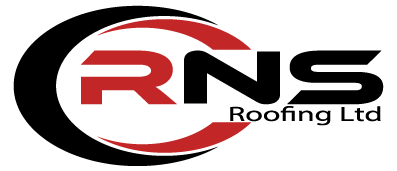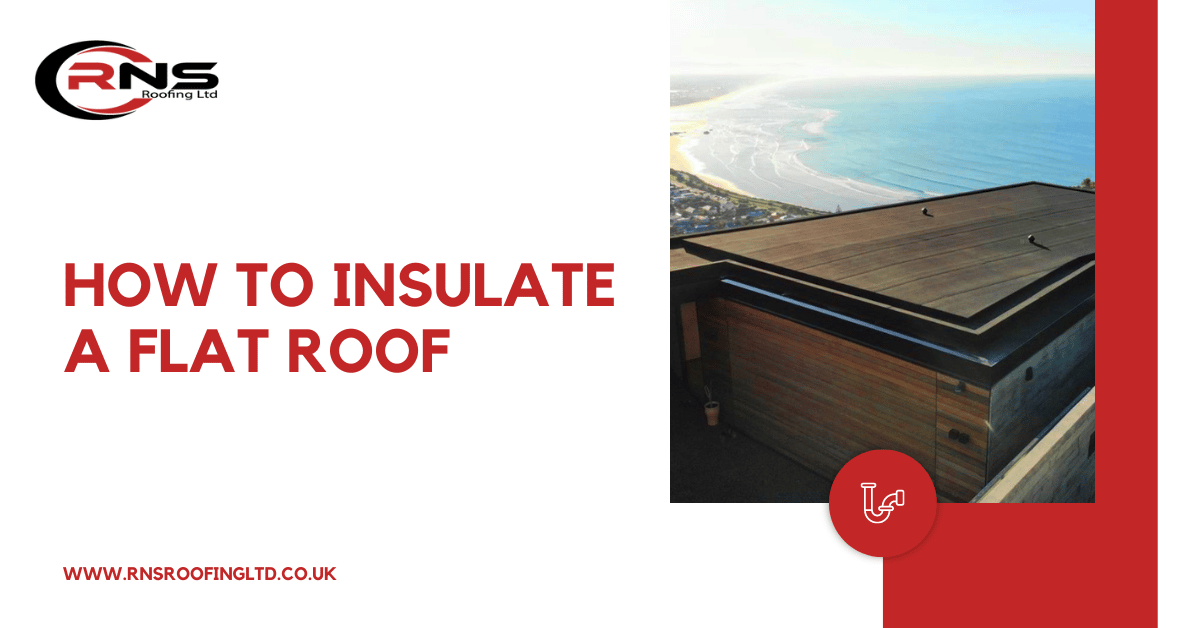As a homeowner, your flat roof provides shelter and protects your investment. However, a flat roof can be inefficient without proper insulation, leading to high energy costs. Insulating your flat roof is one of the best ways to improve its performance and reduce utility bills. I will walk you through how to Install a flat roof.
By following the recommendations, you can maximise the effectiveness of your flat roof and ensure it serves you well for years to come. With time and effort, you can complete this project or work with a professional to ensure it’s done right. Either way, making the upfront investment in flat roof insulation will pay off through improved comfort and lower costs.

Why You Should Insulate Your Flat Roof
Insulating your flat roof is one of the best investments you can make for your building. Proper insulation provides many benefits:
Energy Efficiency
Insulation creates an effective barrier between your roof and the outside elements. This helps contain heating and cooling inside the building, reducing energy demand and costs. The more insulation you add, the more energy-efficient your flat roof will become.
Improved Comfort
Insulation works to moderate temperatures inside a building. Adding insulation to your flat roof will help keep interior spaces comfortably warm in winter and cool in summer. This can significantly improve comfort for anyone using the building.
Moisture Control
Insulation also helps prevent condensation buildup in flat roofs which can lead to water damage, mold growth, and reduced insulation effectiveness. By controlling moisture, insulation helps ensure your flat roof remains in good working condition for as long as possible.
Tax Incentives
Increasing a building’s insulation qualifies for tax incentives and rebates in many areas. Installing additional insulation in your flat roof could make you eligible for tax credits, property tax reductions, and other monetary benefits. Check with your local utility companies and tax agencies to see what insulation incentives may be available for your property.
In summary, properly insulating your flat roof is a smart investment that can provide substantial rewards through improved building performance, energy efficiency, comfort, moisture control, and potential tax incentives. Insulation is a key component that should not be overlooked for the longevity and functionality of your flat roof.
How to Install Flat Roof Insulation
To properly insulate your flat roof, follow these steps:
- Inspect the roof for leaks or damage and seal or repair as needed. The roof must be watertight before installing insulation.
- Choose an insulation material. The most common types of flat roofs are polyisocyanurate (polyiso) boards and spray polyurethane foam (SPF). Polyiso boards provide good R-value for their thickness and are affordable and easy to install. SPF is seamless and provides high R-value but requires professional installation and is more expensive.
- Measure your roof to determine how much insulation you need to purchase. Buy 10-15% more than your measurements to account for waste.
- If using polyiso boards, install them staggered with joints offset. Secure the boards to the roof with roofing nails or adhesives and seal all seams with roof cement or caulk. Leave no gaps.
- If using SPF, hire a professional to spray the foam onto the roof at the desired thickness. They can spray up to 6 inches thick in a single pass. SPF expands as it hardens to seal and insulate the entire roof.
- Install a protective coating like roof cement, acrylic sealant, or roof paint over the insulation. This protects from weathering and damage. Apply at least two coats, waiting for each to dry in between.
- Consider installing a roof coating or membrane over the insulation for additional protection and weatherproofing. This is especially recommended for SPF roofs. A coating can prolong the life of your flat roof insulation.
These steps ensure your flat roof insulation is properly installed and optimally functioning. Your improved energy efficiency and lower utility bills will make the investment worthwhile. Inspect your flat roof insulation regularly and recoat or repair as needed to maintain coverage and maximize its service life.
Best Practices for Flat Roof Insulation
Following best practices will ensure maximum efficiency and durability when insulating a flat roof.
Choose an Appropriate Insulation Type
The two most common types of flat roof insulation are polyisocyanurate (polyiso) boards and extruded polystyrene (XPS) boards. Polyiso boards provide high R-values for their thickness, are affordable, and are water-resistant. XPS boards are very durable and resistant to compression. For most flat roofs, either polyiso or XPS boards are excellent options.
Install Insulation Boards Correctly
Insulation boards should be installed over the roof deck and under the roof membrane. Secure the boards to the deck according to the manufacturer’s instructions using either nails, screws, or adhesive. Boards should be laid with staggered joints in a brick-like pattern. All seams and edges must be taped to prevent air leaks. Installing the boards properly is key to maximizing their effectiveness.
Consider Tapered Insulation for Drainage
Tapered insulation boards are recommended in areas where drainage could be an issue. These boards are thicker at one end, creating a slope to direct water runoff to drains and scuppers. Tapered boards eliminate the need for a separate tapered structure under the insulation. They simplify installation and ensure adequate drainage and water removal from the roof.
Add a Cover Board (Optional)
A cover board installed over the insulation boards can provide a smooth, durable surface for the roof membrane. Cover boards protect the insulation from physical damage during installation and use. They can also act as a thermal barrier, preventing overheating of the insulation by the sun. Common cover board options include gypsum board, perlite board, and high-density fiberboard. Cover boards are not always required but can be beneficial, especially for some membrane types.
Following these best practices will help ensure your flat roof insulation is installed properly and functioning as intended. Paying close attention to details like insulation type, installation method, drainage, and using a cover board when needed will maximize the effectiveness and longevity of your flat roof.
Conclusion
With the right flat roof insulation installed, you can significantly lower your energy bills and increase the comfort level in your home. Carefully consider the options based on your climate, budget, and specific needs. Investing in high-quality materials and professional installation will provide long-term benefits for your flat roof. Do your research, ask questions, and don’t hesitate to get multiple estimates from reputable contractors.
While flat roof insulation may require an upfront cost, the energy savings and peace of mind that come from a well-insulated roof are worth it. With the help of this guide, you now have the knowledge to make the best choice for insulating your flat roof.
FAQs About How To Insulate a Flat Roof
Why is it important to insulate a flat roof?
Insulating a flat roof helps regulate indoor temperatures, reduce energy consumption, and create a comfortable living or working environment. It also prevents heat loss in winter and heat gain in summer.
What are the common insulation materials for flat roofs?
Common insulation materials for flat roofs include rigid foam insulation boards (such as polyisocyanurate or extruded polystyrene), spray foam, and mineral wool. The choice depends on budget, thermal performance, and moisture resistance.
How do I choose the right insulation material for my flat roof?
Consider factors such as the R-value (thermal resistance) needed, moisture resistance, fire safety, local building codes, and the material’s compatibility with the roof structure and membrane.

